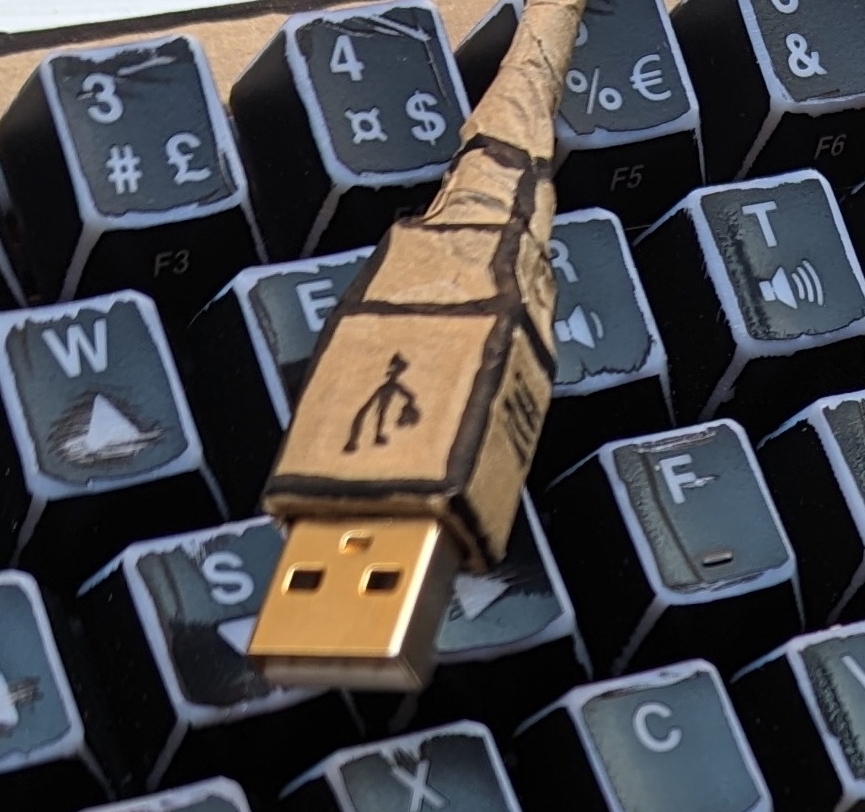

Edit: I put up my .svg files here, in case they might be useful.
Cool! I just did a full Inkscape+laser-cutting build using MDF and acrylic. I’m still to write something up about it, though. In short, I used a 1,5 mm acrylic bottom cover, on top of that 2x 3mm MDF as “case” (minimum height with a 1,5mm plate), the top one supporting the plate, but with larger holes so the switch clamps fit, a 1,5mm acrylic plate, and finally another MDF layer on top of the plate, outlining the keys, for aesthetics and rigidity.
After having set up the keys, I used mainly offsets around those to do the outline etc.


Thanks :)
Yes, I do! I enjoyed a cardboard prototype before, and only just finished this. I really like it. The fit is great, and I like the sound. I gave it some small feet in the back (some 3mm foam tape) to lift it a bit from the table/deskmat, to get some more sound out - there’s zero space between the switches and bottom plate… And I like the sound.
Switching to the prototype, I switched to Colemak, too. I’m still learning that. So I’m by no means a fast typist on it yet. But I already know better where the keys are on Colemak than I did on QWERTY, and I think the symmetric, column-staggered layout helped a lot with that.